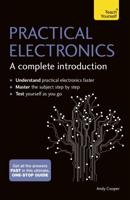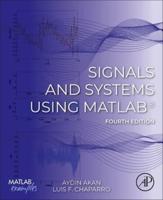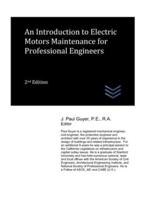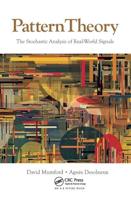Publisher's Synopsis
Steam Steel and Electricity is a comprehensive book written by James W. Steele that explores the industrial revolution of the late 19th and early 20th centuries. The book delves into the technological advancements that took place during this era, including the development of steam engines, steel production, and the widespread use of electricity.The book is divided into three parts, each focusing on a different aspect of the industrial revolution. The first part examines the rise of steam power and its impact on transportation and manufacturing. The second part focuses on the development of the steel industry and how it revolutionized construction and infrastructure. The final part explores the emergence of electricity as a dominant source of power and its impact on society.Throughout the book, Steele provides detailed accounts of the key figures and events that shaped the industrial revolution, including Thomas Edison, Andrew Carnegie, and the construction of the transcontinental railroad. He also explores the social and economic changes that accompanied these technological advancements, such as the rise of the middle class and the growth of urbanization.Overall, Steam Steel and Electricity is a fascinating and informative read for anyone interested in the history of technology and its impact on society.We are accustomed to things that are subject to the law of gravity. Water will run through a pipe that slants downward. It will pass through a pipe that slants upward only by being pushed. But electricity, in its far journeys over wires, is not subject to gravity. It goes indifferently in any direction, asking only a conductor to carry it. There is also a trait called inertia; that property of all matter by which it tends when at rest to remain so, and when in motion to continue in motion, which we meet at every step we take in the material world. Electricity is again an exception. It knows neither gravity, nor inertia, nor material volume, nor space. It cannot be contained or weighed. Nothing holds it in any ordinary sense.This scarce antiquarian book is a facsimile reprint of the old original and may contain some imperfections such as library marks and notations. Because we believe this work is culturally important, we have made it available as part of our commitment for protecting, preserving, and promoting the world's literature in affordable, high quality, modern editions, that are true to their original work.










